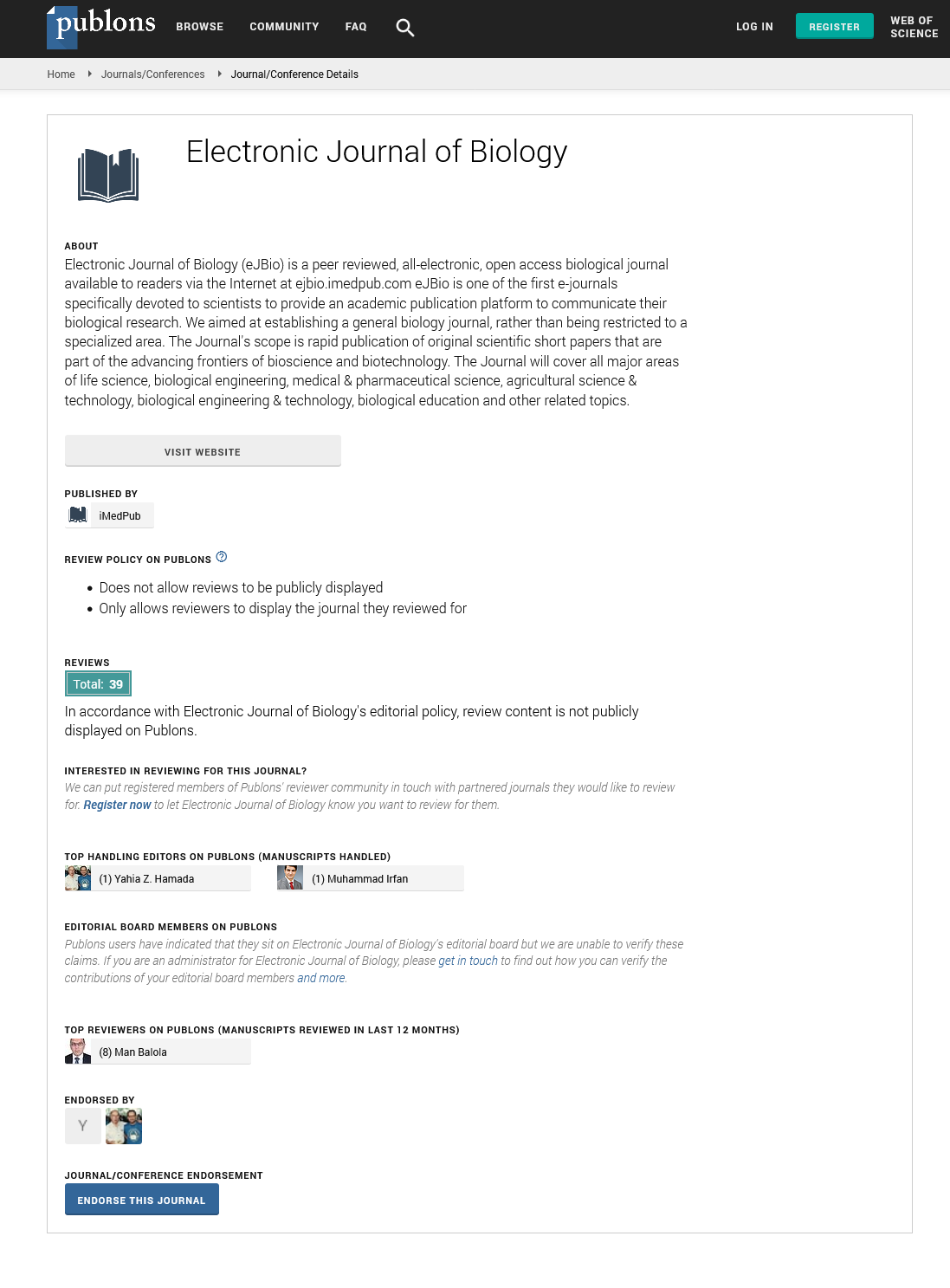Abstract
Recent Status on Enzymatic Saccharification of Lignocellulosic Biomass for Bioethanol Production
During the past decades, bioethanol becomes the best alternative to fossil fuels. Ethanol production by using edible feedstocks like sugarcane and grains became a point of concern in terms of the food supply and demand. Lignocellulosic biomass comprises non-edible feedstock opened a new method for the second-generation bioethanol production. Bioethanol production from lignocellulosic biomass is comprised of three main processes; pretreatment, enzymatic saccharification and fermentation. The major parameter to preventing the commercialization of bioethanol depends on the improvement of the enzymatic hydrolysis process. Through the enzymatic saccharification process carbohydrates (cellulose and hemicellulose) polymers get transformed into free monomeric sugars. The main issues connected with enzymatic saccharification are high incubation time for carbohydrates degradation, the price of the enzyme, prevent of enzyme activity in the attendance of phenolic compounds and thermal inactivation of cellulase and hemicellulase enzyme. This review describes recent tendency and improvement of the enzymatic saccharification step for cheaper bioethanol production. In this article, the authors discuss the following views: the process of biomass to ethanol production, enzymes for lignocellulosic hydrolysis, factors affecting enzymatic hydrolysis and cellulase intervened hydrolysis and the improvement or enhancement of enzymatic saccharification and its future prospects for commercial lignocellulosic bioethanol production.
Author(s):
Meysam Madadi, Yuanyuan Tu, Aqleem Abbas
Abstract | Full-Text | PDF
Share this

Google scholar citation report
Citations : 5001
Electronic Journal of Biology received 5001 citations as per google scholar report
Electronic Journal of Biology peer review process verified at publons
Abstracted/Indexed in
- Google Scholar
- China National Knowledge Infrastructure (CNKI)
- CiteFactor
- Electronic Journals Library
- Zoological Records
- WorldCat
- Proquest Summons
- Publons
- MIAR
- Openaccessarticles.com
- Secret Search Engine Labs
Open Access Journals
- Aquaculture & Veterinary Science
- Chemistry & Chemical Sciences
- Clinical Sciences
- Engineering
- General Science
- Genetics & Molecular Biology
- Health Care & Nursing
- Immunology & Microbiology
- Materials Science
- Mathematics & Physics
- Medical Sciences
- Neurology & Psychiatry
- Oncology & Cancer Science
- Pharmaceutical Sciences


